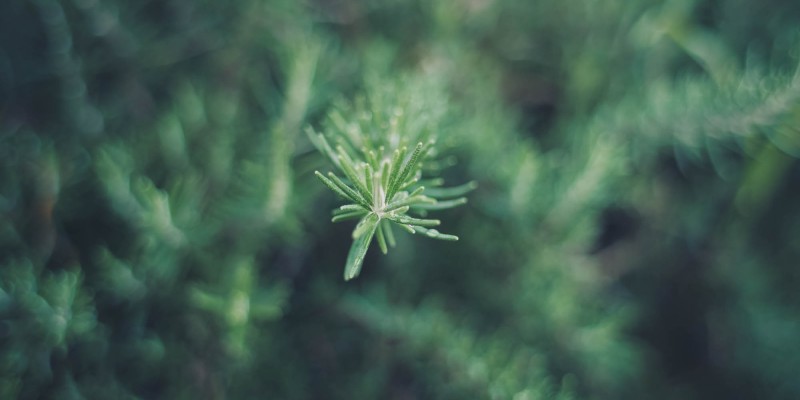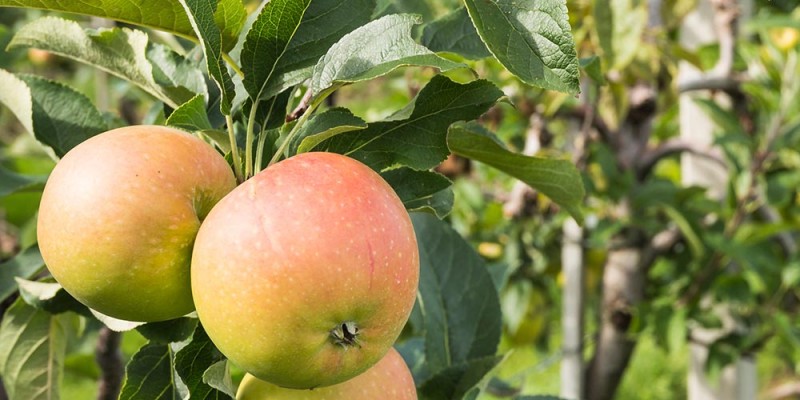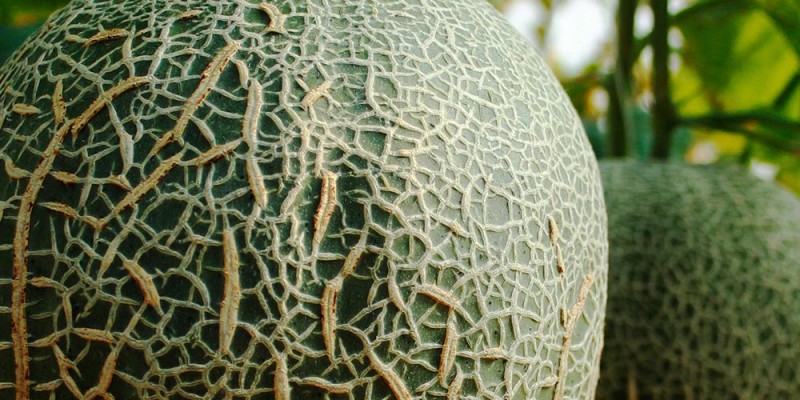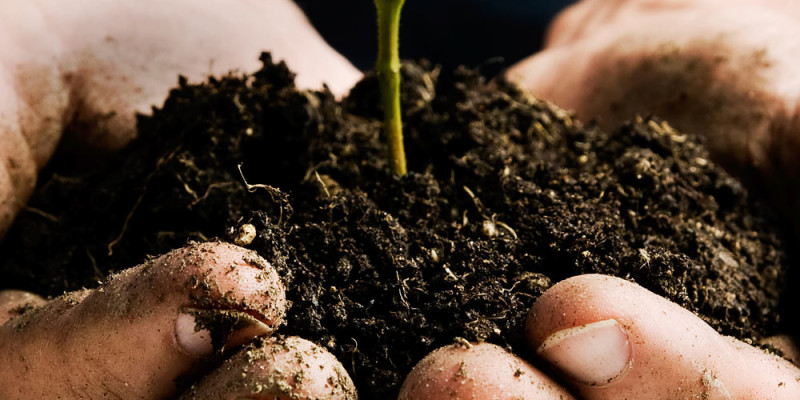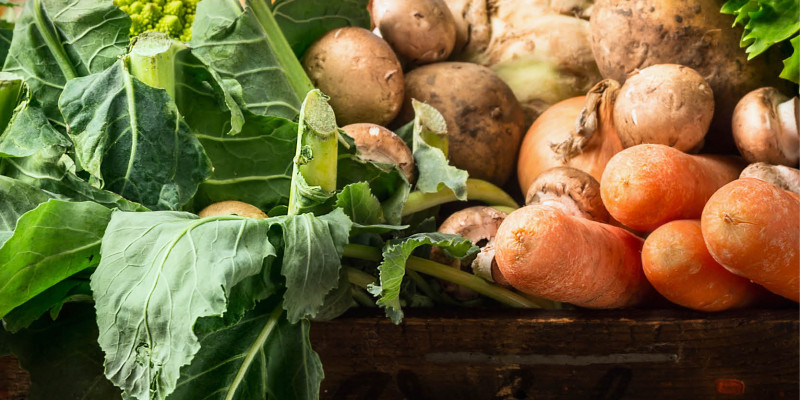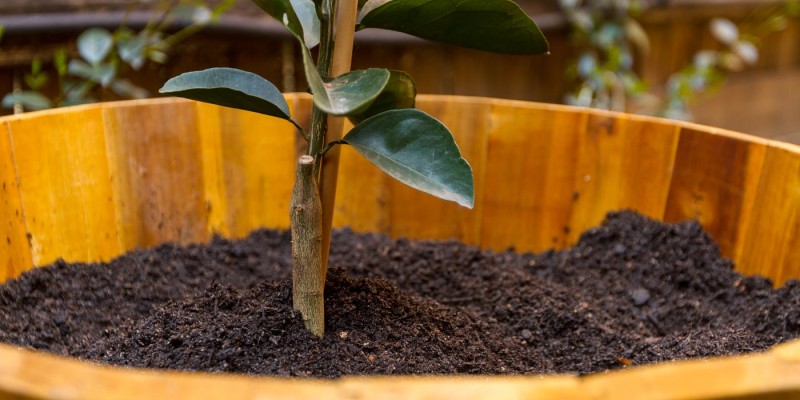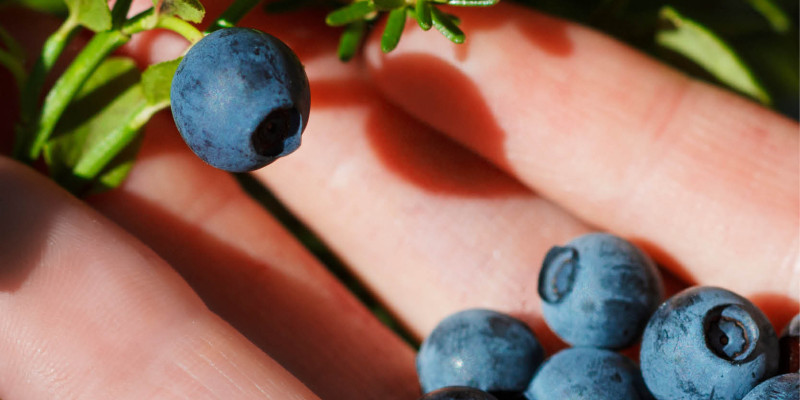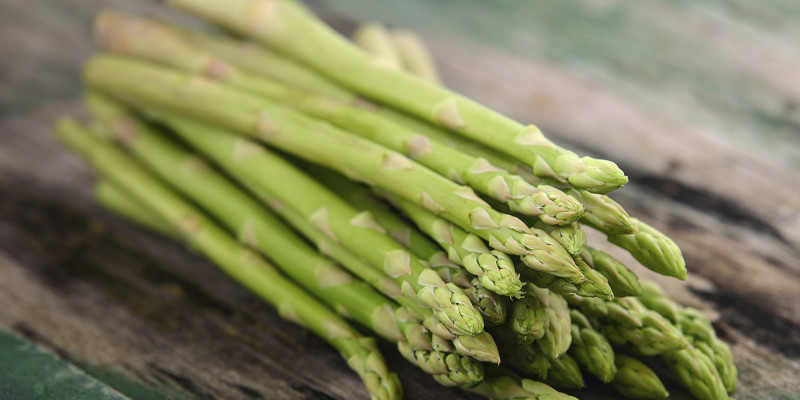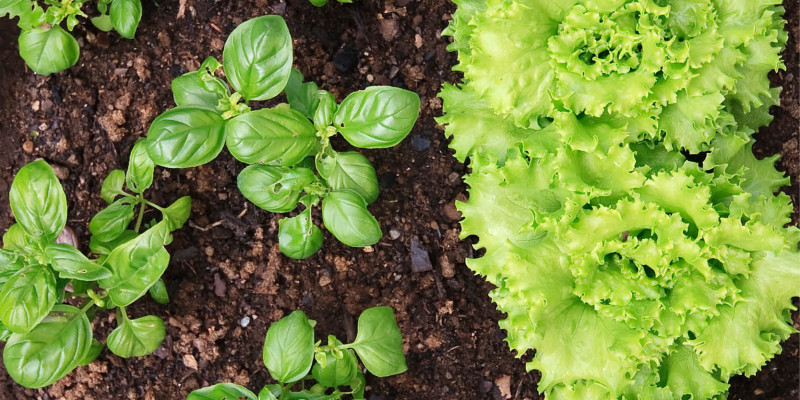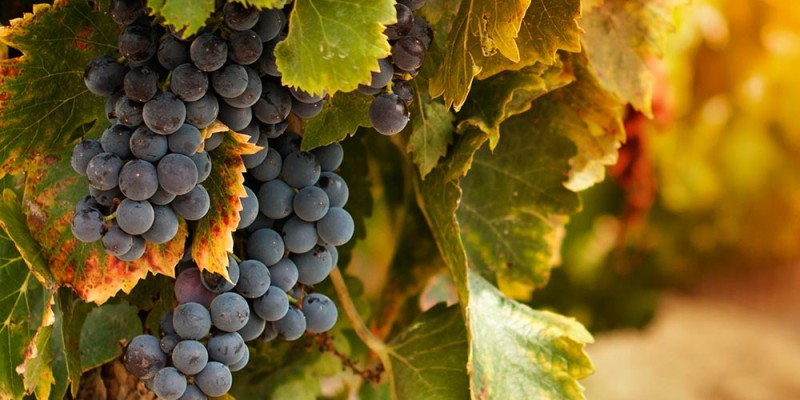This time of year I love going out into the garden to check on my perennials to see which ones are beginning to show signs of life. It is a bit of a passion of mine to add to my urban orchard.
This brings me to today’s subject. Earlier in the Urban Gardening Series I touched on how to plan and start your annual crops but purposely left out perennials. With the inspiration of spring that has me thinking about perennials I thought I would touch on planning for perennials in your small space or urban garden.
Defined perennials
Perennials are defined as plants that live for more than two years separating them from annuals or biannual plans that you grow and harvest within a year or two. In the context of your garden they are crops that you plant once and they keep producing year after year.
Food Forest Perennials
My goal with adding perennials to my garden is to create an urban food forest that will produce crops for my family for years to come with little to no effort or cost. I have focused on a wide variety of cold hardy plants that will produce crops either throughout the season like my day neutral strawberries and raspberries or to allow me to have a staggered harvest with early producers like my honey berries all the way to late fall produces such as this honey crisp apple.
I have also focused over the last few years at bringing in crops such as apples and grapes that can take a few years to produce at the same time as perennials such as raspberries and strawberries that produce the first or second season. This allows me to enjoy the faster producing crops while I wait for those that will take a little longer.
Perennial crops that pay for themselves
As I have mentioned earlier in the Urban Gardening Series I like to make sure the crops are going to pay me back in produce. Perennials are a great investment, even the crops I will have to wait for they will eventually pay themselves off over time with little to no effort.
Planning for perennials
Now that I have sold you on the idea of perennials I would like to go through how I find plan and add fruit bearing varieties to my urban orchard. I will also go through near the end a few strategies that will help you grow an orchard even if you only have a patio, deck or balcony.
Planning for a perennial is a little more involved than an annual. While you can move them I recommend avoiding this all together and do your planning right for the beginning.
Find perennials that work for your area
The first thing I do is write a list of plants. Earlier in the season we separated out the annuals from the perennials. When I started my orchard I began with the crops that my family and I eat often and branched out to crops that you simply cannot get here. A great source of inspiration for hardy food producing crops are groups like the Hardy Fruit and Nut Trees of Alberta Facebook page[1]
Hardiness Zone
The next and very important thing is to check the hardiness zone. Hardiness zones are based on average temperatures in your area and often are simply referred to a “Zone” for instance I am in Zone 3 b.
The zone system has been applied to most areas around the world with the general rule of thumb being the higher the zone the higher the average temperatures. Interestingly enough this does not have to do with estimated last frost dates as my Zone 3 has a last average frost date of May 16th while a Zone 4 member of our community has a later one.
Often plant tags will give a range of zones that particular variety does well in. You will save yourself disappointment later if you start by growing varieties that are for your zone…. but that is not to say you cannot grow crops from outside your zone but Ill touch on that later.
General growth patterns of perennials: Bush Tree and Vines
Now that you have your list of perennials I like to find out what kind of general growth pattern of each plant. Generally there are three types Bush, Tree and Vine. You may find some of these groups may not be well suited to your growing area at least to start with.
Perennial fruiting bushes
Perennial bushes are generally take up the smallest space and I lump quite a few things into this category such as blue berries, rhubarb, raspberries and honey berries. This year I hope to add lingon berries to my collection of perennial fruit producing bushes.
Bush perennials often produce within a year or two and generally take up the smallest area when compared to the other groups. Often these varieties do well in containers, raised beds or even just in the native soil.
This group is often the simplest to start with and if you are a new gardener I might suggest starting with these.
Perennial fruiting vines
The second group is the vining crops. You may need quite a bit of space as some of these vines can range up to 10 meters or 30 feet wide and quite tall. That said you can prune them to keep them under control.
I currently only have grapes in this category as I am allergic to others that are hardy to my zone such as Kiwis. Vining varieties like dragon and passion fruit do well in the tropics. I don’t have plans to add any more vining perennials as of right now.
Often vining crops especially cold hardy ones will take a few years to get established often dying back to the ground. Once established they will begin to produce. Generally a delay of 3-5 years can be expected before they will produce heavily.
When planning for vining crops make sure you have a permanent trellis built before you plant them. Vines need something to climb and support them. For my grapes I built a simple permanent trellis allowing them to climb the trellis and the fence behind.
You can take advantage of what you already have some times. If you have an fence like my garden fence you can plant a vining crop and create a green cover that makes the fence look nice while producing some food for you.
Perennial fruiting trees
The final group can be the largest of the groups. Perennial fruiting trees can take up significant amounts of space but also can produce large crops in a single season.
I currently have a Harcourt, Honey Crisp and Spartan apple trees and later on this season will be adding a Paul’s Pear to my orchard. In a more tropical climate citrus grow on trees.
Fruit trees usually take 3-7 years to produce heavily. For this reason if given the opportunity I will purchase an older larger tree to shorten the time I have to wait. The tree will still pay itself off in produce so I am alright with the extra expense of the larger tree.
During the first growing season as I live in an area that can get some nasty winds I usually support larger trees with these poles and smaller ones with a bamboo stake. This helps the plant establish its root system and prevents it from being blown over. I like to leave some slack or flex to help the trees roots develop under some stress from the wind.
You will want to make sure you have enough space for these plants. Most of these plants will be grafted onto a root stock as such you can get trees in a full size or one that is grown on a dwarf root stock. Dwarf root stocks may help you fit the tree in limited space.
I usually make sure I know the final expected size of the tree and make sure it is far enough away from other trees and structures like fences.
Other classes of perennial fruiting trees
There are many fruit bearing plants that don’t fit into this general category such as this goji plant. Usually a little research into these will help you figure out where you can put them.
Research and considerations for perennial fruiting crops
Research and considerations for perennial fruiting crops is important before you commit. Although you can move them it is generally not recommended once planted.
Finding areas for fruit trees, bushes and vines.
The hardest part in urban yards is the small size of the yards. If you have the space and can provide the support the plant may need make sure to give them the space they need so they are not bumping into each other and still have access to the sun.
I find it helpful to drive a survey stake into the ground where I plan to plant one of my new additions and take 4 photos through the course of one sunny day. These photos show me where the existing plants or structures shade the ground. Most of these plants need full sun to really thrive and produce. If the stake gets direct sun for 6-8 hours the area is considered full sun and I can plant them there. If you are growing a few in close proximity be mindful that they will get larger and cast larger shadows.
How do they Pollinate
If you have the space and it gets enough sun it is important to know if the variety is self fertile or needs another variety nearby to pollinate it. Crops like this honey berry need pollinator partners to produce while these raspberries do not need another variety but do better if there is one around.
A strategy to get around not having the space for say two apple trees is to graft another variety to the parent plant. Although I do have more than one variety of apple tree I will still be grafting a few new apple varieties to my apple tree to not only add more variety to my garden without having to add another tree but improve the pollination rates on my trees.
Picking between varieties of the same crop
If you are still stuck between different varieties of the same crop a helpful tip once given to me was take a look at the shelf life. If you end up with a large crop and can’t work through it all right away a longer shelf life may be of value.
Methods to grow more perennials in smaller areas
This leads into a few strategies that allow you to grow more fruit producing perennials even in smaller spaces. With space often at a premium in back yards, decks and patios you cans still have a wonderful orchard to enjoy.
Growing fruit bearing perennials in pots or containers
Growing in pots is a wonderful way to add varieties to your orchard. Many plants like grapes, blueberries and even trees do quite well in containers. They wont grow as large as their counter parts that are planted in the ground but they do have a few advantages.
If you are growing in a really small area, have to move or deal with poor soil, containers are easy to move and care for. In my case I use containers to grow varieties that are not hardy to my zone. These figs and grape are only hardy to zone 5. So in the winter I take them inside my garage where it stays quite bit warmer helping to protect them.
You do not need a special variety to grow in containers, although there are some that are meant to be grown in containers. Most of the vines, bushes and some trees I currently have would do perfectly well in pots.
Growing Espalier trees to produce more food in smaller spaces
Pruning is a great way to keep what could be very large trees from taking over. I will be using pruning to keep these close proximity apple trees from invading each other’s personal space.
In a little bit more of a creative way to prune you can train trees to grow in a style that is called espalier. This method uses the same type of trellis that I use for my vines to help shape the plant in a 2 dimensional form. Espalier fruit trees allow you to sneak a tree into a much smaller area while still enjoying its crops. This method can also be applied when growing them in a container.
Summary:
By taking the time to do a little research and scout out the best place in your yard, deck or balcony to grow them you can enjoy your very own urban orchard. These food producing perennial crops are a great investment and with a little creativity you can grow quite a large collection even if space is at a premium. I have collected over 30 varieties and have a few more to add this summer. A full list of the perennials I have can be found in the description below.
list of perennials in my garden and status of production: (31 currently)
Apple Trees: light production expected full production when tree is 5-7 years old
Harcourt
Honey Crisp
Combination Apple Tree 7 Varieties
Espalier Apple Tree: expected full production year 3
Honey Crisp
Spartan
Asparagus: expected full production year 2 from 3 year old roots
Millennium (green)
Purple Asparagus
Ravel (white)
Blue Berries: Light production year 2
North Land
North Country
North Blue
Cherry Tree: expected production 5-7 years
Romeo
Fig: Expected production year 2
Magnolia Breba (container) (lower growth)
Violet De Bordeaux Breba Fig (container) (upright growth)
Goji Berry: expected production year 3 from seed
Grapes: expected full production year 4-5
Heirloom Grandpa Legaree
Heirloom Grandpa Lampi
Frontenac
Frontenac Gris
Valiant
Pixie Dwarf Vine (Container)
Honey Berries: expected full production year 3
Borealis
Berry Blue
Indigo gem (container)
Tundra (container)
Raspberries (unknown varieties) Full production year 2
Two Red and one Yellow variety
Rhubarb: Full production year 2
Arctic Rhubarb from Kay Garvin via Dad
Unknown
Strawberries: Full production year 2
Seascape
Future additions to my orchard:
Apple Tree: Grafting
Goodland
Mike’s Apple
Pear Tree:
Paul’s Pear
Lingon Berries
Mint
Moroccan Mint
Fruit and Nut Trees of Alberta Facebook Page
[1] https://www.facebook.com/groups/1484297785164334/
Related Episodes
Urban Gardening Series Playlist
How to Grow an Espalier Fruit or Nut Tree
Growing Perennials in Zone 3 Alberta Canada
